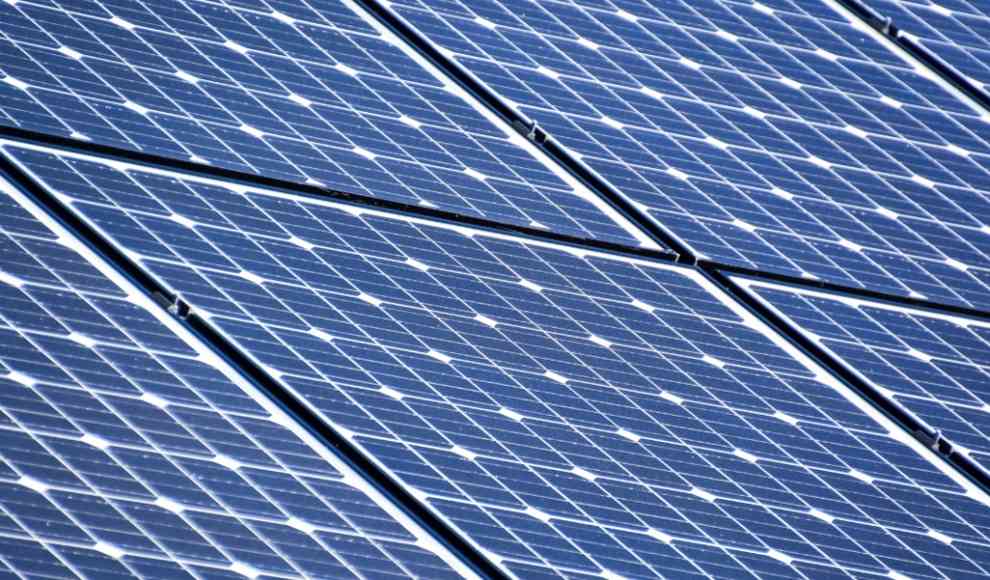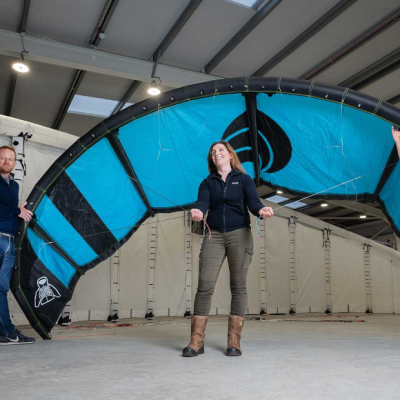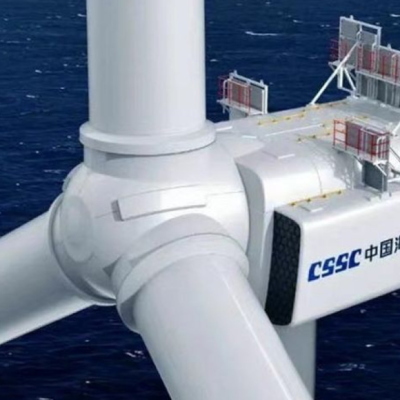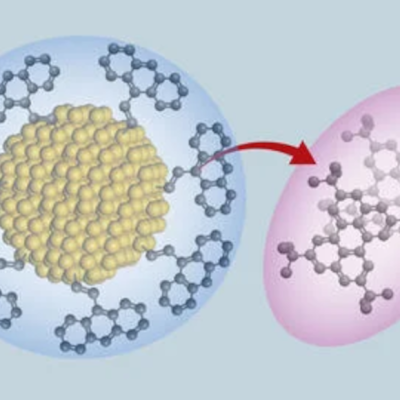Scientists at Martin Luther University Halle-Wittenberg (MLU) have developed a new crystalline structure for solar cells made from barium, strontium, and calcium titanate. This structure generates up to 1000 times more electricity than conventional thin-film solar cells. In a recent publication in Science Advances, researchers at MLU demonstrated that ultra-thin ferroelectric/paraelectric superlattices significantly increase the performance of solar cells. By alternating a ferroelectric layer with a paraelectric layer in a lattice structure, they were able to increase the performance of a conventional PV cell by a thousand times. These new superlattices could help revolutionize solar energy.
The MLU has been working on alternative materials for years to increase the efficiency of crystalline photovoltaic products, as their efficiency is limited. They have been working on ferroelectrics such as barium titanate, a mixed oxide of barium and titanium. The three-layer solar cells dominate in performance and efficiency, but the ideal combinations require these specific crystals. Pure barium titanate, for example, would absorb little sunlight. However, the combination in extremely thin layers would significantly increase the yield. “It is important that a ferroelectric material alternates with a paraelectric material. The latter does not have separate charges, but under certain conditions, such as low temperature or slight modifications of the chemical structure, it can become ferroelectric,” explains physicist Akash Bhatnagar.
The photovoltaic effect is much stronger than in conventional multi-layer solar cells because the ferroelectric layer alternates with two different paraelectric layers. This means that it is up to 1000 times more efficient. “We embedded barium titanate between strontium and calcium titanate,” explains Yeseul Yun, a doctoral student at MLU and the first author of the study. “The crystals are evaporated with a high-performance laser and deposited again on carrier substrates. The resulting material consists of 500 layers and is about 200 nanometers thick.” For the photoelectric measurements, the material was irradiated with laser light. Compared to pure barium titanate of similar thickness, the current flow was up to 1000 times stronger with the same proportion of barium titanate as the photoelectric main component.










